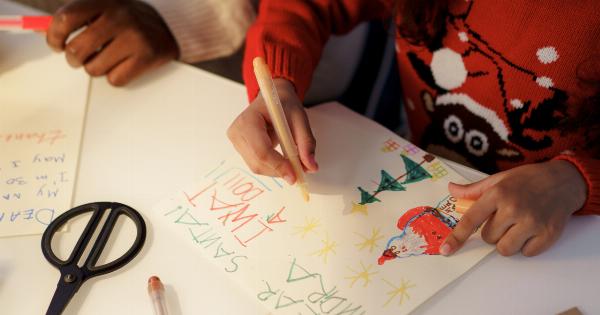Every child grows up believing in the magical figure of Santa Claus. From the moment we can comprehend the concept of gifts and kindness, Santa becomes an integral part of our lives.
We write countless letters, leave out cookies and milk, and anxiously await his arrival every Christmas Eve. But as we grow older, doubts start to creep in, and we begin to question the existence of this beloved icon.
As a child, when we finally utter those four little words to our mother, “Mom, tell me the truth about Santa Claus,” we await an honest and heartfelt response.
Origins of Santa Claus
The legend of Santa Claus traces back to the 4th century, to a kind-hearted bishop called Saint Nicholas. Saint Nicholas belonged to Myra, a town located in present-day Turkey.
He was known for his generosity and love for children and reportedly performed numerous miracles during his lifetime. Over time, the stories of his charitable acts spread far and wide, transforming him into a symbol of hope.
The Evolution of the Modern Santa Claus
The image of Santa Claus that we are familiar with today is a product of various influences and cultural adaptations.
The character of Father Christmas, originating from pagan traditions in Europe, combined with the legend of Saint Nicholas, eventually morphed into the jolly, gift-giving Santa Claus we know. The transformation was largely fueled by Clement Clarke Moore’s poem, “A Visit from St.
Nicholas” (more commonly known as “The Night Before Christmas”), which solidified Santa’s image as the rosy-cheeked, white-bearded man who travels on a sleigh pulled by magical reindeer.
The Role of Parents
As children, our parents play an essential role in nurturing our belief in Santa Claus. They fuel our imagination and create an enchanting world filled with wonder and magic.
It is the joy in their eyes as they recount tales of Santa’s journey and the excitement they share on Christmas morning that make Santa Claus real to us.
Parents go to great lengths to preserve the magic of Santa Claus, from handwriting letters as Santa, to leaving cookie crumbs and half-eaten carrots behind.
They do this out of love for their children and the desire to keep the innocence and enchantment of childhood alive. However, there often comes a time when children start questioning the plausibility of Santa’s existence, and they turn to their mothers for answers.
The Honest Conversation
When a child finally summons the courage to ask their mother about the truth regarding Santa Claus, it is crucial to have an open and honest conversation.
While every parent handles this situation differently, the main objective should be to preserve the magic and ensure that the child understands the true spirit of Christmas.
A mother might begin the conversation by acknowledging her child’s growing curiosity and explaining the origins of the Santa Claus myth. She can share stories about Saint Nicholas and the traditions associated with him.
Importantly, the mother should emphasize the values that Santa Claus represents – love, kindness, and the joy of giving.
Mother might explain that while Santa Claus may not be a real person who delivers gifts on Christmas Eve, the spirit of Santa lives on through the generosity and selflessness displayed by people during the holiday season.
Giving gifts and spreading joy to others in need are the true manifestations of Santa Claus.
The Essence of Santa Claus
Understanding the truth about Santa Claus does not diminish the enchantment surrounding Christmas. Rather, it allows children to appreciate the spirit of generosity and giving without focusing solely on materialistic aspects.
It encourages them to embrace empathy, compassion, and the joy of making others happy.
The Magic of Christmas Continues
With the truth about Santa Claus out in the open, children can now become active participants in the holiday season. They can assist in selecting gifts for their loved ones, engage in charitable acts, and partake in various festive activities.
Knowing that the joy of Christmas lies in the act of giving, children can experience a newfound sense of fulfillment.
Preserving the Tradition
Although children learn the truth about Santa Claus, it is essential to remember that the magic of the holiday season is not lost. Families can create new traditions and rituals that focus on togetherness, love, and spreading joy.
The spirit of Santa Claus can be kept alive through the stories, songs, and shared moments that become treasured memories.
The Power of Belief
While the existence of Santa Claus might be questioned, the belief in something greater than ourselves remains a vital part of our lives.
Whether it be in the form of Santa Claus, the Tooth Fairy, or any other beloved figure, the act of believing brings a sense of wonder and anticipation that is invaluable in both childhood and adulthood. It is the power of believing that allows us to embrace the magic of life.
Conclusion
So, dear child, when you ask your mother, “Mom, tell me the truth about Santa Claus,” know that the magic of Christmas and the spirit of Santa Claus continue to reside within all of us.
As we grow older and discover the truth, we can choose to become beacons of love, compassion, and generosity ourselves. Because Santa Claus isn’t just one person in a red suit – Santa Claus is all of us, spreading joy and creating magical moments for one another.



























